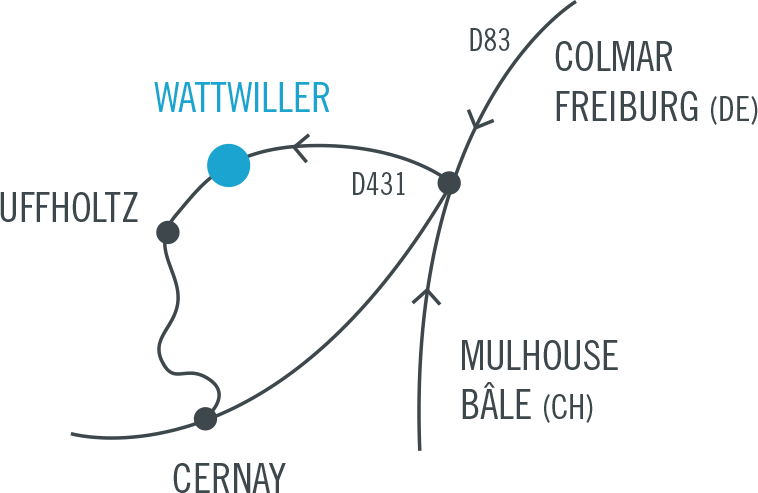Elina, is a sweet name that resounds to our ears… Is it the name of a princess, a deity, an incantation? Elina is an imaginary planet made from salt bricks according to the artisanal techniques of the Aymaras Indians, a people from Bolivia, north of the great salt desert. Guillaume Barth spent 3 months there to realize his project, unfolding into an ephemeral sculpture (Elina), a film (The Second World, Elina) and a book.
After a first experience with the horizon line and the inaccessible during a trip to the Sahara in 2011, he continues his search for the great expanses and pursues it among others with the salt desert (Salar de Uyuni) of Bolivia, the largest in the world. He makes a pact with the chief of the village where he will live: she gives him the authorization to build a sculpture of 3 meters in diameter, on condition that the territory will be identical after his intervention. The construction of the sculpture starts on December 2, 2014, and the keystone is laid on January 1, 2015. Rain rites take place on 2 January. On 5 January, 2cm of water covers the surface of the salar. This then becomes an exceptional natural mirror and allows the half sphere to reflect for a while. Having become a perfect ellipse, it responds to the artist’s initial quest. The stars and the planets seem to have aligned themselves with the wishes of the sculptor, who for each of his projects with nature injects all his energy into it.
